Designed by world-renowned architect Tadao Ando, the He Art Museum (HEM) is a private, non-profit art museum initiated by a local family in Shunde, China, with an exhibition area of approximately 8,000 square meters. Led by the Director He Jianfeng and based on his family’s collection, the museum is dedicated to local historical research and collaboration, with a focus on modern and contemporary artists. Since its establishment, the museum has held exhibitions, including “From the Mundane World”, “Beyond: Tadao Ando and Art”, and most recently, “Bernar Venet: Another Language for Painting” — the French artist’s first major solo exhibition in China, and “ON | OFF 2021: Carousel of Progress”.
LARRY’S LIST spoke to HEM’s Director, He Jianfeng, and Executive Director, Shao Shu, who explained the motivation of establishing this private museum; why and how they would like to contribute to the local community through an art museum; and last but not least, their vision to become a world-class museum in a hundred years’ time.

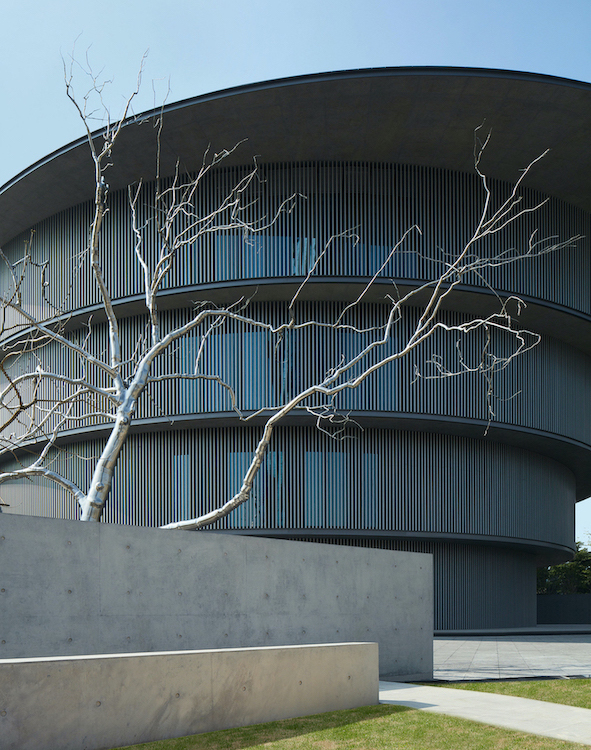
What was the motivation behind establishing an art museum open to the public? Why is it important to share the family’s collection with the public?
He Jianfeng (H): I think going from a family collection to an art museum means a step up. Because there is a greater responsibility to take on. Collecting and building an art museum are two different things. Collecting is purely a personal hobby; however, an art museum is for the community and requires a lot of effort, money, and time to maintain.
My family has its roots in Shunde; Lingnan culture runs in our blood. Since we love collecting, we want to give back to our hometown. This is why HEM is dedicated to local historical research. Modern Chinese painting is one of the most important components of our current collection at the museum. HEM hopes to take advantage of its geographical proximity to Guangdong, Hong Kong, and Macau to create a hub of communication between the local community and the world. While allowing art to be better integrated into the local community, it can also have an international voice with its own uniqueness.

What are the future exhibition plans and the direction? What can we expect to see in the next five to ten years?
Shao Shu (S): HEM was established as an art museum based on a family collection, which dictates that a lot of the museum’s research is a rediscovery of the collection. Yet, exhibitions and collections are complementary to each other. We hope to maintain an exhibition-based approach, with academics and collections running in parallel. Through different public programs, we will present diverse and open cultural content to the public.
The goal is, first and foremost, to be rooted in the local. To maintain the characteristics of the region and to build a stronger connection with the local community. Keep our feet on the ground and do what we have to do before thinking about anything else. Everything that we do now is to lay the foundation for the future, to set the main directions and ideas. That way, we will not waver with the trends.
Many private museums may have their own aspirations. Our aspiration is to become a museum like the Museum of Modern Art in New York or the Guggenheim in a hundred years’ time. To continue the spirit of the founders, to expand the art collection, and then to influence more people with art.
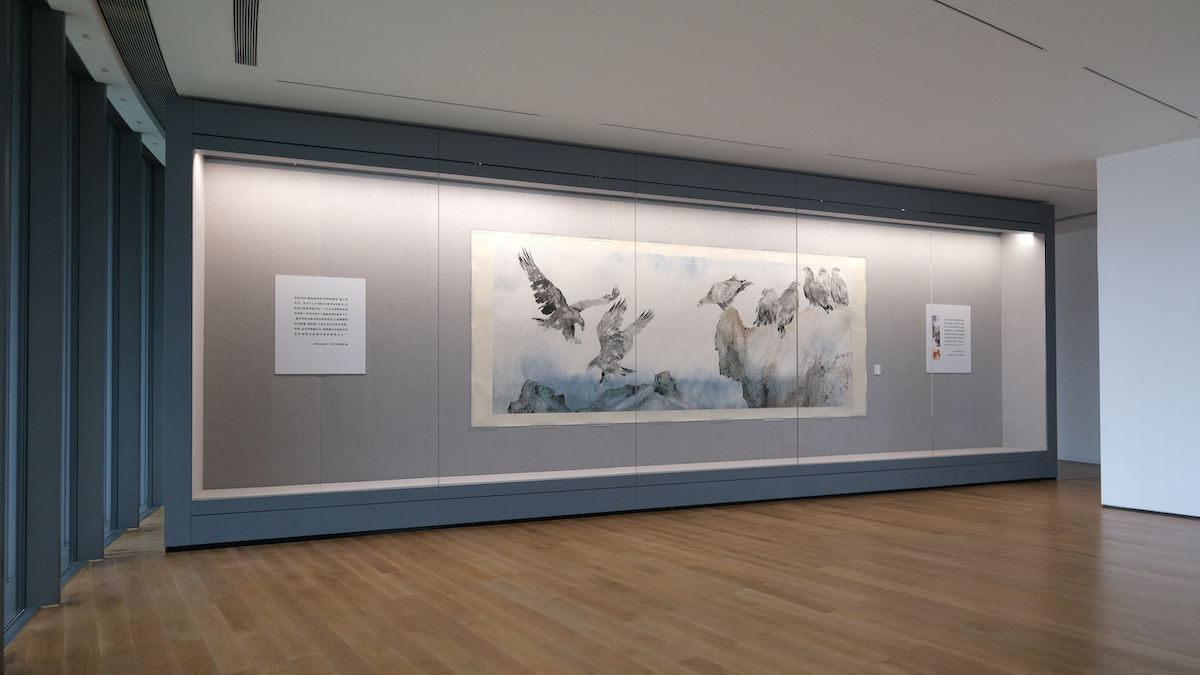

We can see HEM’s sense of responsibility for the heritage of Lingnan culture and the span from modern Chinese art to a focus on the contemporary. Can you tell us more about the museum’s collection? What contribution does it hope to make to the art world? Does the museum have a focus on and support for Chinese artists?
S: Our current collection is divided into two directions: modern and contemporary. Modern stands for the long-standing family collection. After the establishment of the museum, we started to sort through the collection again. We have come across some works that were purchased on the personal aesthetics which did not fit in with the theme. So our next step is to first sort out the main theme of the collection, add the missing elements. With progression, we will expand the concept of Lingnan culture to include a focus on the development of art in Guangdong Province. On one level, this has actually been neglected for a long time.
With regard to the contemporary section, our museum started relatively late in collecting contemporary art. Strictly speaking, it was only after the establishment of the museum that we began to work on it. And we missed the time when Chinese contemporary art collecting was at its peak. For this reason, we will not focus on combing through the history of Chinese contemporary art in the past, but rather, on the future. We are helping emerging artists who are on the rise and have potential. We hope that in the future we can slowly build up our own contemporary art collection, to branch out and do related exhibitions. We hope that our support to the artists will make a difference in their careers in future.

What is the mission of the HEM? What are the ways to achieve it? How does it give back to its hometown Shunde?
S: Everything is based on the vision of giving back to our hometown. To give local people the opportunity to gain a deeper understanding of the local culture and to experience the best artworks from home and abroad. This is something that the family has been doing for a long time. Apart from the art museum, we have built Lingnan gardens, as well as a foundation, poverty alleviation projects, and entrepreneurial projects All of them are rooted in our hometown.
Shunde has seen a number of art museums emerge in recent years. We want to be actively involved in this art ecology. Since this ecology has just been established, we are all still in the exploratory stage, and there are many rules that may not actually be applicable locally. In contrast, the art industry here is not yet mature. So if there is competition, the quality will improve accordingly. There are also many young talents, most of whom are coming back from Beijing and Shanghai. So maybe in ten years, the art ecology here will become better.
I have been here for four years and have come to two conclusions. The first is to get used to a slower way of life and the second is to have high expectations. I think an art museum should be more like an everyday go-to place, not an extravagant venue.
Shunde has a strong sense of family and clan. It maintains many traditional festivals, such as the annual dragon boat races. Food is also very important in the culture. In the future, we will organise workshops to connect the emotions and memories of local people through food.
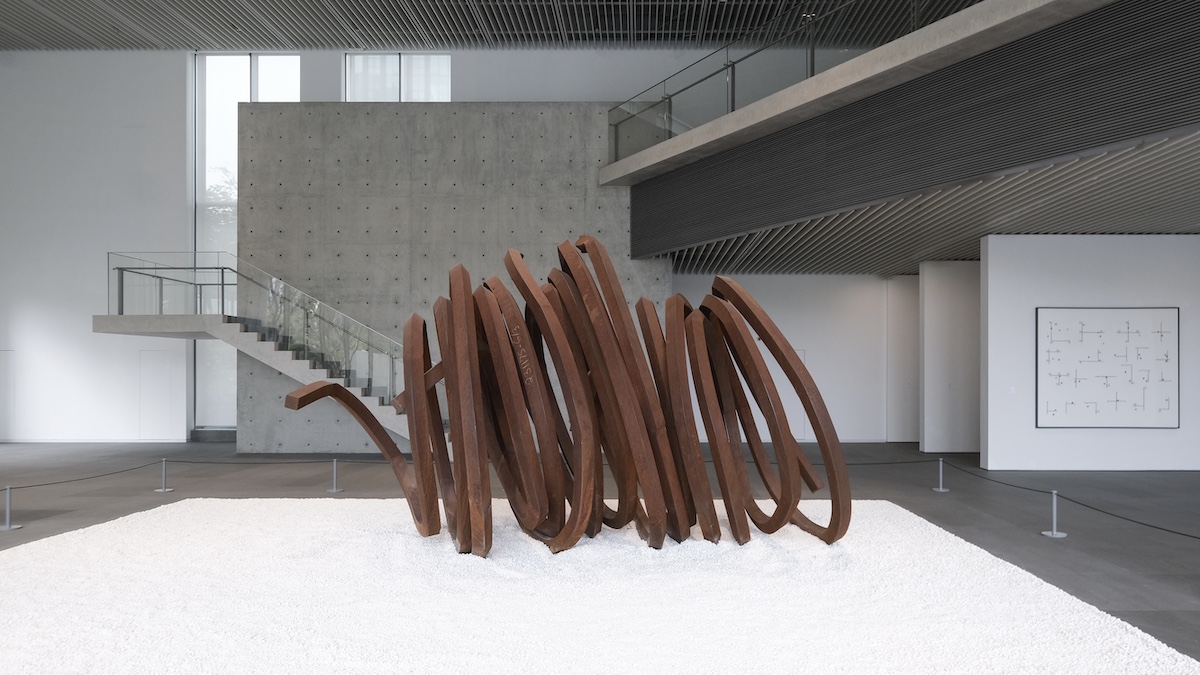
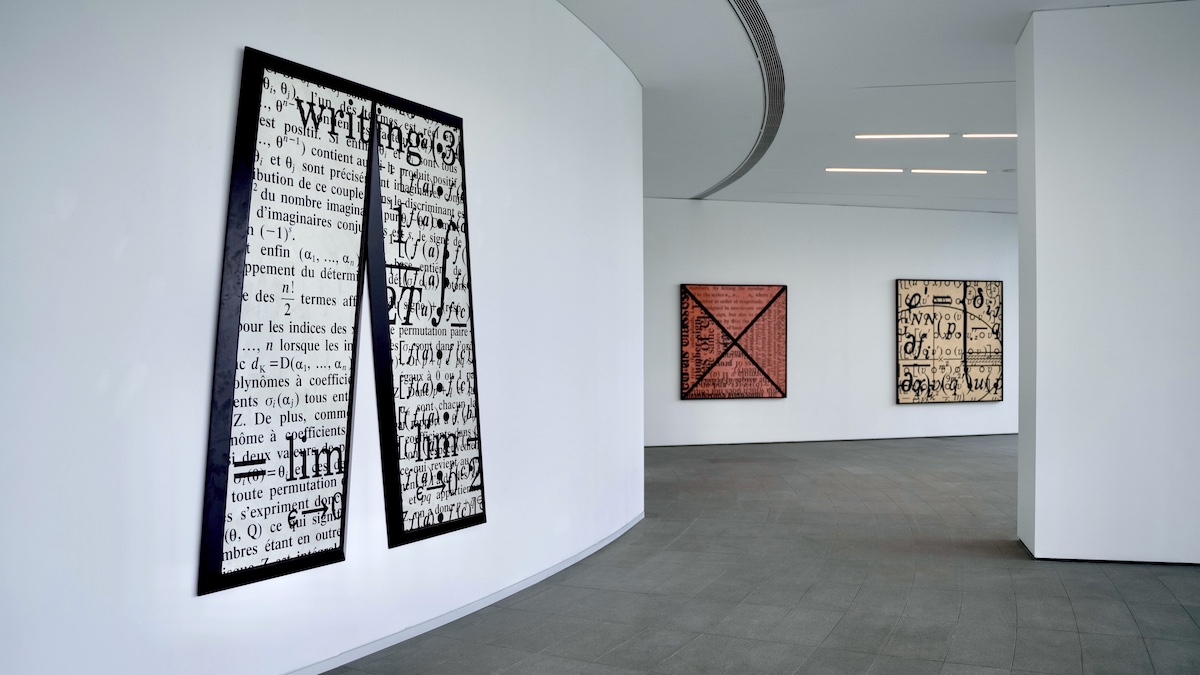
Why did you decide to stage a solo exhibition by Bernar Venet on the first anniversary of the museum?
S: A year ago, Bernar Venet’s steel sculpture “Three Indeterminate Lines” was presented as an outdoor installation in the garden during the museum’s launch exhibition. Its strong lines and rough metallic texture seemed to open up a heterogeneous space that could be traversed. On the first anniversary of the opening to the public, we hope to reveal more forms and possibilities by discovering more of the artists’ practices from the last century.
As one of the most influential French artists to have exhibited worldwide to date, Bernar Venet’s public sculptures can be found in all corners of the globe. In the future, we hope to be more than just a local presence, to provide people with the opportunity to be exposed to some of the best artworks from all over the world. For example, by holding the inaugural exhibitions in China of artists who are well known abroad and who are important to the development of contemporary art.
How long did it take to prepare for this exhibition? What is special about it?
S: As an internationally acclaimed artist, this is Bernar Venet’s first major solo exhibition in China. In addition to his representative steel sculptures, this exhibition at the HEM presents some other experimental works, which are of great significance to the artist and to the development of conceptual art. We hope to show Chinese audience a different side of art.

The last exhibition of Ando was, in a way, a dialogue between architecture and art, a cross-disciplinary experiment. Will there be any more breakthroughs for the museum in the future?
S: We have been thinking about the interaction between the space and art, and how to better integrate and balance the two. When we were considering the curatorial approach, we made certain considerations and adjustments to the building and finally decided to turn the hall into a showroom for exhibiting contemporary art installations and sculptures.
Since the museum is semi-curved, the exhibition hall is fully open. There are many challenges because most artists are used to doing exhibitions in the white cube. Apart from the need to consider the theme of the exhibition, we also need to consider the spatial relationship of the works and the viewing experience. In future exhibitions, we hope to bring in more exhibitions by artists that Chinese audience have less access to, and in different mediums, in order to provide a diverse and open viewing experience.

What was your happiest moment since the establishment of the museum?
S: Seeing more and more people come into the museum and that appreciating art become a way of life for them.
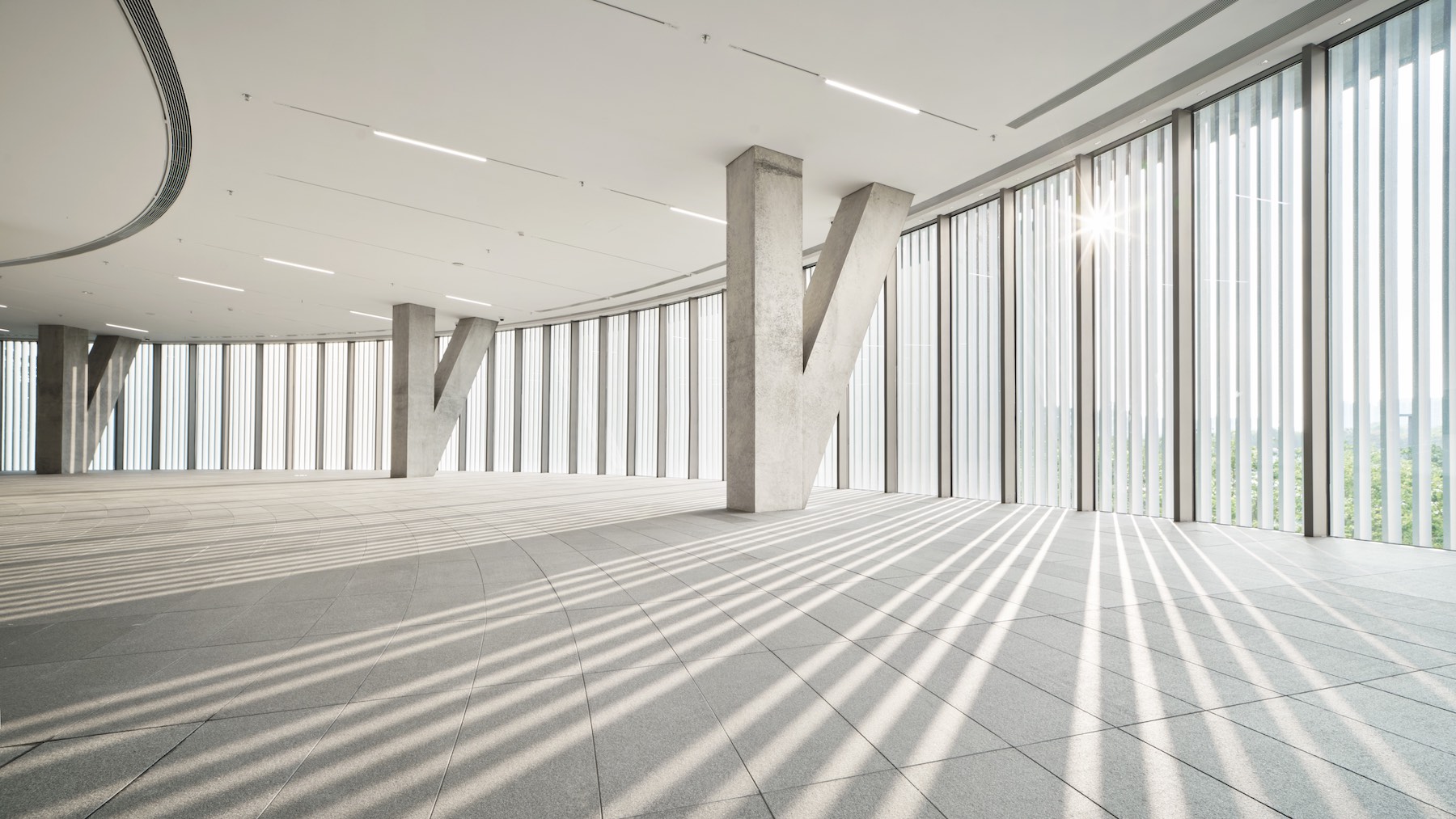

Related: He Art Museum
Instagram: @hemartmuseum
By Tyra Wang and Ballad Liao





